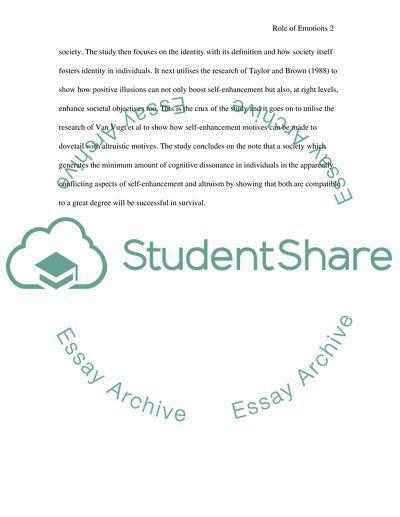Cite this document
(“The Role of Emotions in Cognitive Dissonance and Cognitive Behaviorism Essay”, n.d.)
The Role of Emotions in Cognitive Dissonance and Cognitive Behaviorism Essay. Retrieved from https://studentshare.org/psychology/1529169-the-role-of-emotions-in-cognitive-dissonance-and-cognitive-behaviorism
The Role of Emotions in Cognitive Dissonance and Cognitive Behaviorism Essay. Retrieved from https://studentshare.org/psychology/1529169-the-role-of-emotions-in-cognitive-dissonance-and-cognitive-behaviorism
(The Role of Emotions in Cognitive Dissonance and Cognitive Behaviorism Essay)
The Role of Emotions in Cognitive Dissonance and Cognitive Behaviorism Essay. https://studentshare.org/psychology/1529169-the-role-of-emotions-in-cognitive-dissonance-and-cognitive-behaviorism.
The Role of Emotions in Cognitive Dissonance and Cognitive Behaviorism Essay. https://studentshare.org/psychology/1529169-the-role-of-emotions-in-cognitive-dissonance-and-cognitive-behaviorism.
“The Role of Emotions in Cognitive Dissonance and Cognitive Behaviorism Essay”, n.d. https://studentshare.org/psychology/1529169-the-role-of-emotions-in-cognitive-dissonance-and-cognitive-behaviorism.


